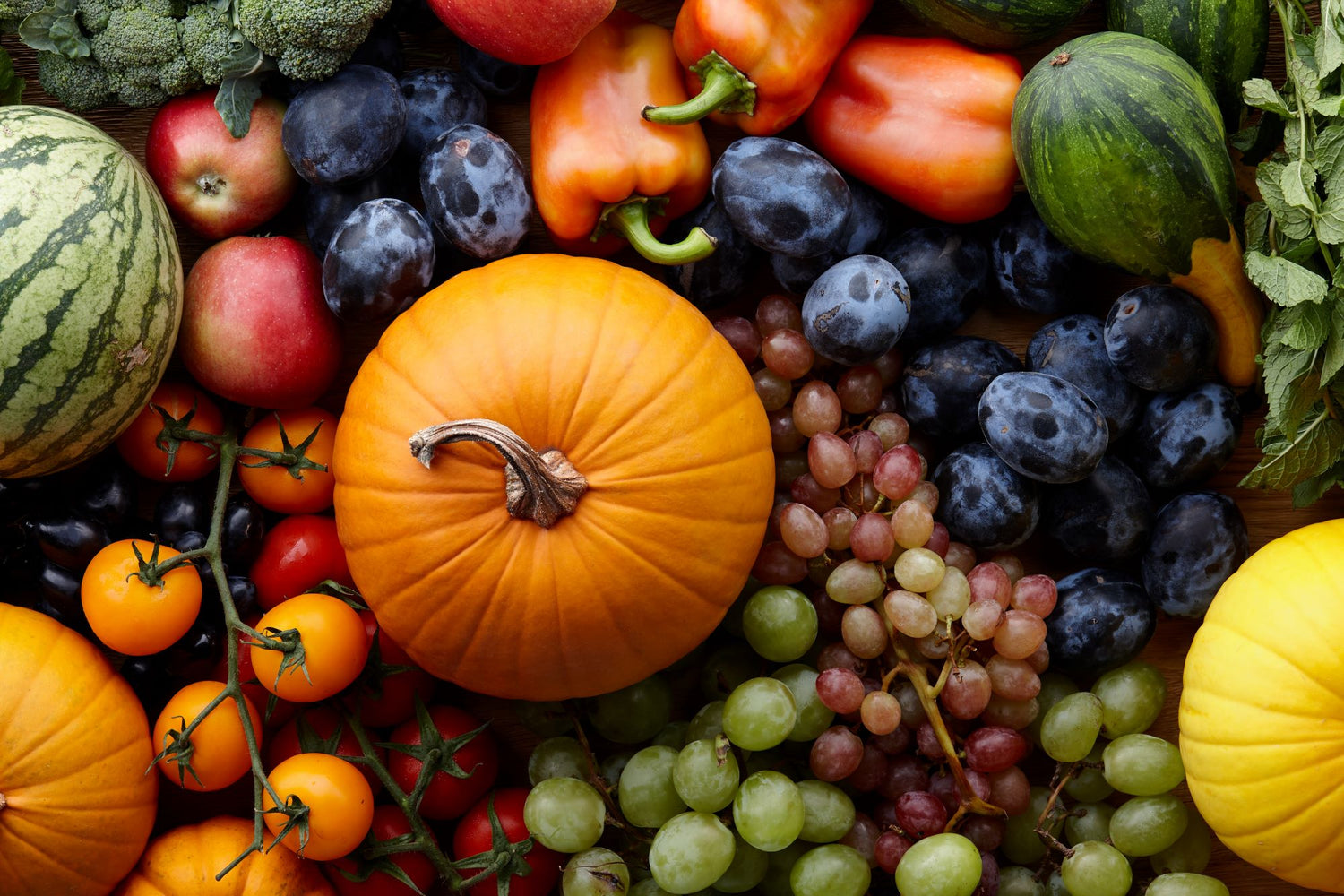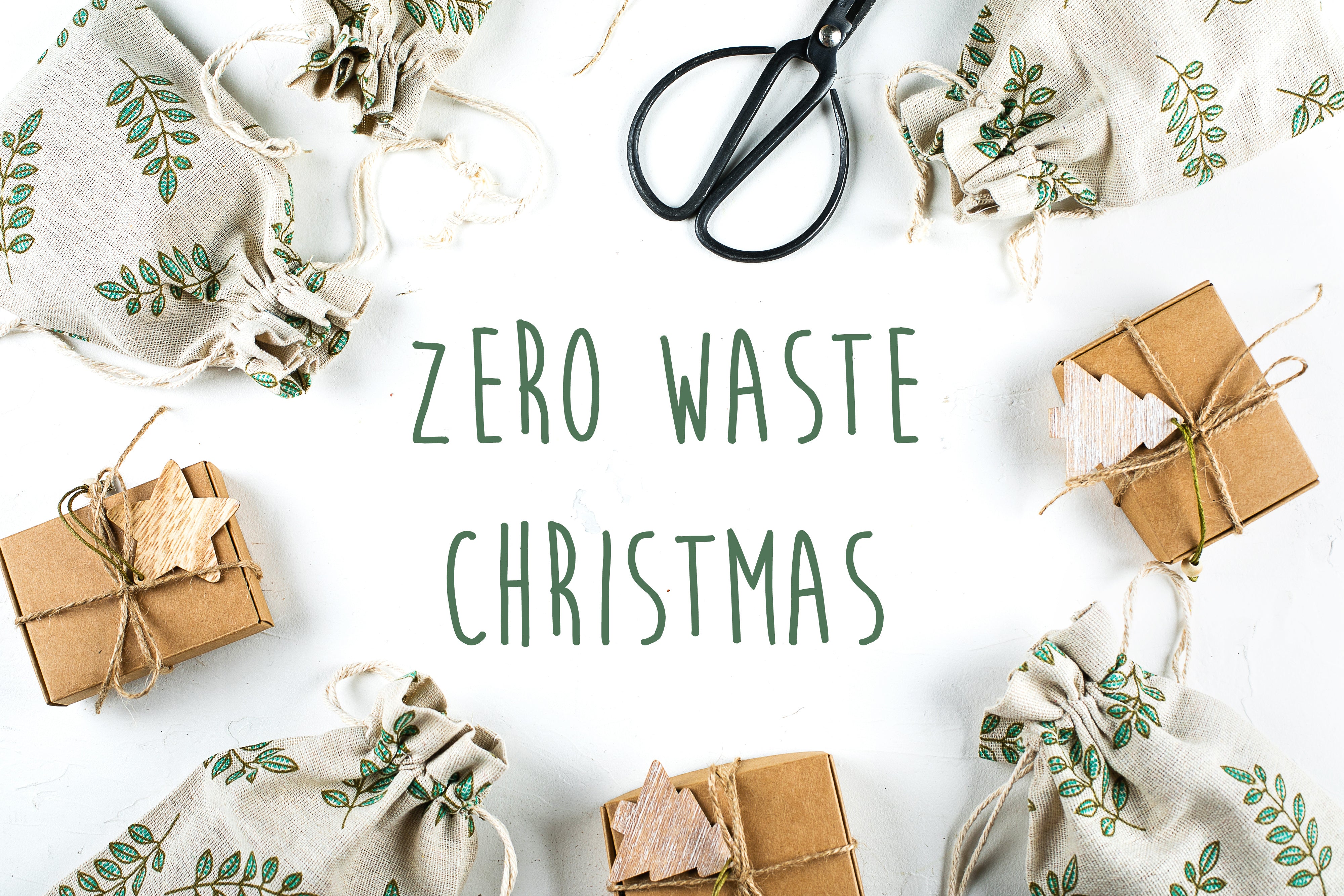The Importance of Storing Your Fall Harvest for the Winter
Autumn is in full swing, and for those in the northern United States, this also means that the growing season is coming to a close. So, if you want access to locally grown food throughout the winter, it's beneficial to start storing your fall produce now.
In this blog post, we will focus on the three most common methods of food storage: freezing, canning, and dehydrating. We will discuss the benefits and drawbacks of each method and provide tips on how to use them effectively.
The Importance of Storing Food for the Winter
The ability to store food is an essential part of human history. It has allowed us to survive during times of famine and war. And in more recent times, it has helped us to weather natural disasters such as hurricanes and tornadoes. So, every family needs to have a food storage plan.
How to Freeze Foods for Storage
Freezing is one of the most popular methods of food storage. It is easy to do and preserves foods' flavor and nutritional value. However, not all foods can be frozen.
Some of the best foods for freezing are:
- Vegetables: green beans, corn, peas, broccoli, cauliflower, spinach
- Fruits: blueberries, raspberries, strawberries, cherries, mangoes
- Meats: chicken breasts, beef steaks, pork chops, ground beef
When freezing food, be sure to follow these guidelines:
- Wash and prepare the food according to your recipe.
- If freezing fruits or vegetables without sugar or syrup, blanch them in boiling water for two to three minutes. This will stop the enzymes that cause spoilage.
- If freezing fruits or vegetables with sugar or syrup, do not blanch them.
- Package the food in airtight containers or bags. Be sure to label the containers or bags with the date and type of food.
- Freeze the food as quickly as possible to prevent spoilage.
- Thaw frozen food in the refrigerator before cooking.
How to Can Foods for Storage
Canning is another popular method of food storage. It is also easy to do and preserves the flavor and nutritional value of foods. However, not all foods can be canned. And canned foods can take up a lot of space in your pantry or cupboard.
The best foods for canning are high in acidity. This is because low-acid foods need to be processed in a pressure canner, which is more expensive and time-consuming. So, if you're just starting out with home canning, stick with acidic foods including:- Tomatoes
- Fruits
- Pickles
- Jams
When canning food, be sure to follow these guidelines:
- Wash and prepare the food according to your recipe.
- Sterilize the jars and lids in boiling water for at least 10 minutes.
- Fill the jars with food according to your recipe. Be sure to leave a 1-inch headspace.
- Wipe the rims of the jars with a damp cloth.
- Place the lids on the jars and screw the bands on tight.
- Put the jars in a canner and boil for at least 10 minutes.
- Remove the jars from the canner and let them cool.
- Check the lids to make sure they are sealed.
How to Dehydrate Foods for Storage
Lastly, dehydrating is a method of food storage that many people choose. Dehydrating is easy to do and preserves foods' flavor and nutritional value.
Some of the best foods for dehydration are:
- Fruits: such as apples, pears, and bananas
- Vegetables: such as tomatoes, bell peppers, and broccoli
- Meats: such as beef jerky and turkey jerky
- Nuts and seeds: such as almonds and sunflower seeds
- Granola bars
When dehydrating food, be sure to follow these guidelines:
- Wash and prepare the food according to your recipe.
- Cut the food into thin slices or strips.
- Place the food on dehydrator trays and dry at 125 degrees Fahrenheit for 12 to 24 hours, depending on the thickness of the slices.
- Store the dried food in airtight containers or bags.
So, now that you know a little bit more about the three most popular food storage methods, which will you choose? Will you start freezing your vegetables? Canning your fruits? Dehydrating your meat? It's up to you! But, whichever method(s) you choose, be sure to follow the guidelines for safe and effective food storage.
Most importantly, have fun with it! Experiment with different recipes and determine which foods work best for each storage method. With a bit of practice, you'll be able to stock your pantry with home-grown food all winter long.
Transitioning to a sustainable lifestyle doesn't have to be complicated or expensive. You can make many small changes that will have a significant impact. We hope this blog post has inspired you to make more sustainable choices in your life!
If you're interested in learning more about sustainable living, keep following MOBI's Ecoblog. We post new articles and tips every week, so there's always something new to learn!
We hope you found this blog post helpful. If you have any questions or want to share your tips for sustainable living, feel free to leave a comment below. Thanks for reading!




Leave a comment
This site is protected by hCaptcha and the hCaptcha Privacy Policy and Terms of Service apply.